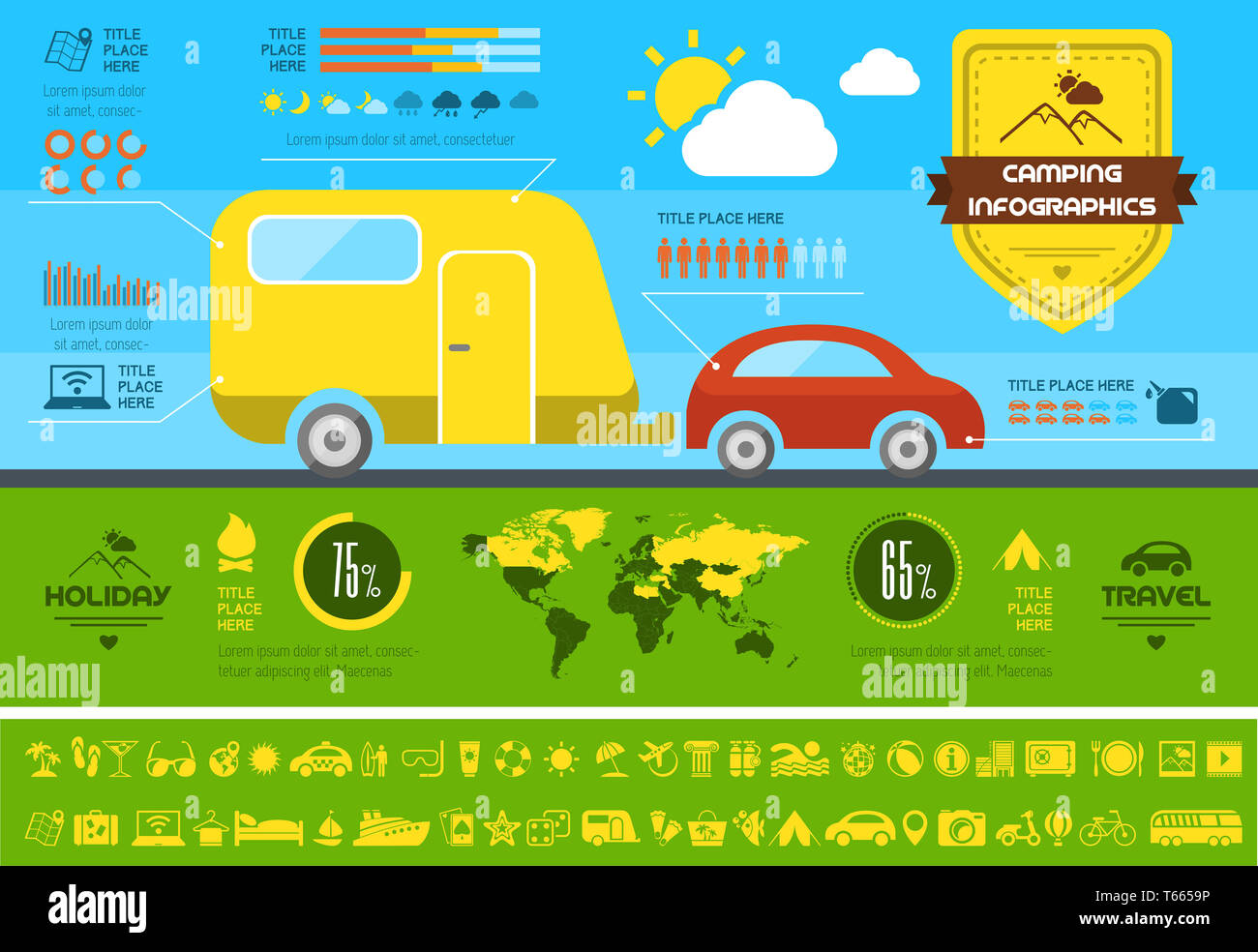Cooktop jacks are essential to secure camping tent stove usage, keeping cold air, rainfall, snow, bugs and also flammable combustible materials out of the outdoor tents. However, they're not without their mistakes. Read on to learn more about typical mistakes campers make when suitable their range jacks, and just how you can prevent them at your campsite.
Product Compatibility
When shopping for a cooktop jack, make sure it is made from heat-safe products. The textile made use of to make the jack must also be durable and breathable, which will certainly help to keep the outdoor tents warm and completely dry when it's in use.
Once you've located a stove jack that works with your outdoor tents, it's time to determine where you intend to install it. Usually, it's ideal to position the cooktop in the center of the camping tent to assist keep all areas cozy and comfy, yet it is necessary to stay clear of putting it directly up against a tent wall surface considering that this is a fire danger. Additionally, take into consideration exactly how easy it will certainly be to reach your cooktop when refueling and cleaning up in the middle of the night.
Stove jacks are pretty simple outdoor camping equipment, but they are unbelievably crucial for safely utilizing a tent range in any type of weather. By putting in the time to choose the appropriate size and properly mount your stove jack, you'll be good to go for a comfy outdoor camping experience!
Stove Pipe Diameter
The size of your oven pipe is very important to make sure correct venting and to stay clear of a fire hazard. A small diameter pipeline will certainly function great in many outdoors tents, but a larger one should be used with a heavier-duty canvas tent or a Tipi.
When it concerns identifying the excellent placement of your stove, the center of the outdoor tents is typically the best choice. This will certainly help keep the entire outdoor tents cozy while lessening the possibility for smoke to leakage around the sides. It likewise helps prevent warmth from blowing away from the cooktop and into flammable products like walls or ceilings.
When it comes to wall surface and flooring protection, NFPA requires at least 36" of clearance from flammable walls. This can be lowered by using a stove shield and a single-wall stovepipe with a protected thimble (if entering into the ceiling, attic or roof covering). Constantly consult your woodstove producer's owner's manual for additional information concerning proper setup.
Stove Pipeline Size
Besides not being directly up family tent against the wall of the camping tent (where maybe a fire hazard) there isn't really an incorrect place for an oven jack. It's just an issue of preference, relying on just how simple it will certainly be to reach for refueling and just how close it will certainly be to the entryway of your camping tent.
However, if you mount your pipe too way out from the range, cold air and rainfall will have the ability to blow in around the outside of the pipeline. This isn't suitable, as it will certainly make beginning your stove and maintaining a good draft hard.
To determine just how much flue pipe you'll require, determine the range from where your outdoor tents's range will certainly sit to your smokeshaft opening. Then deduct two inches due to the fact that each section of pipeline overlaps. The number you get is the quantity of pipe you'll require to get. Fortunately, mounting range pipelines isn't hard and calls for very little tools.
